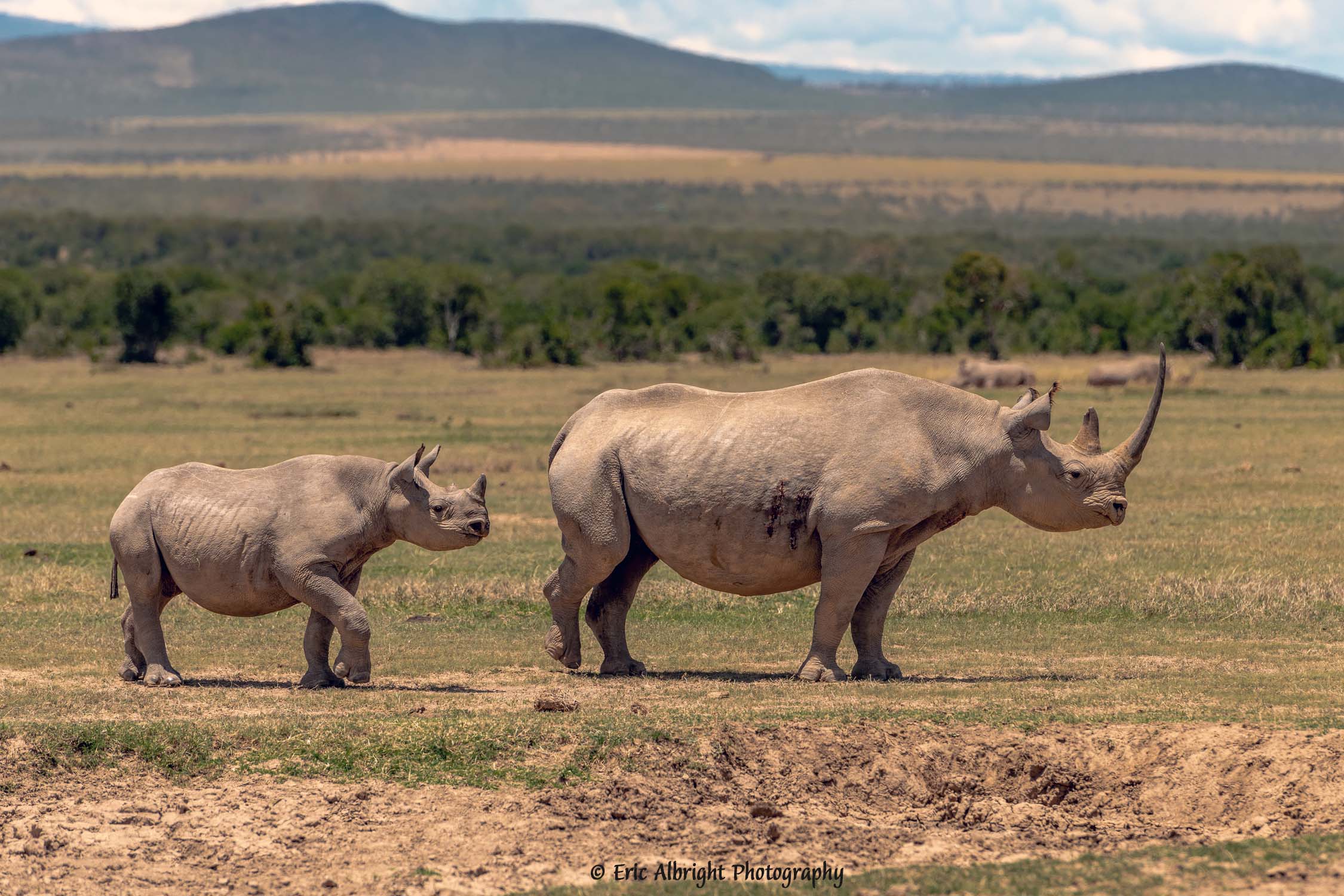

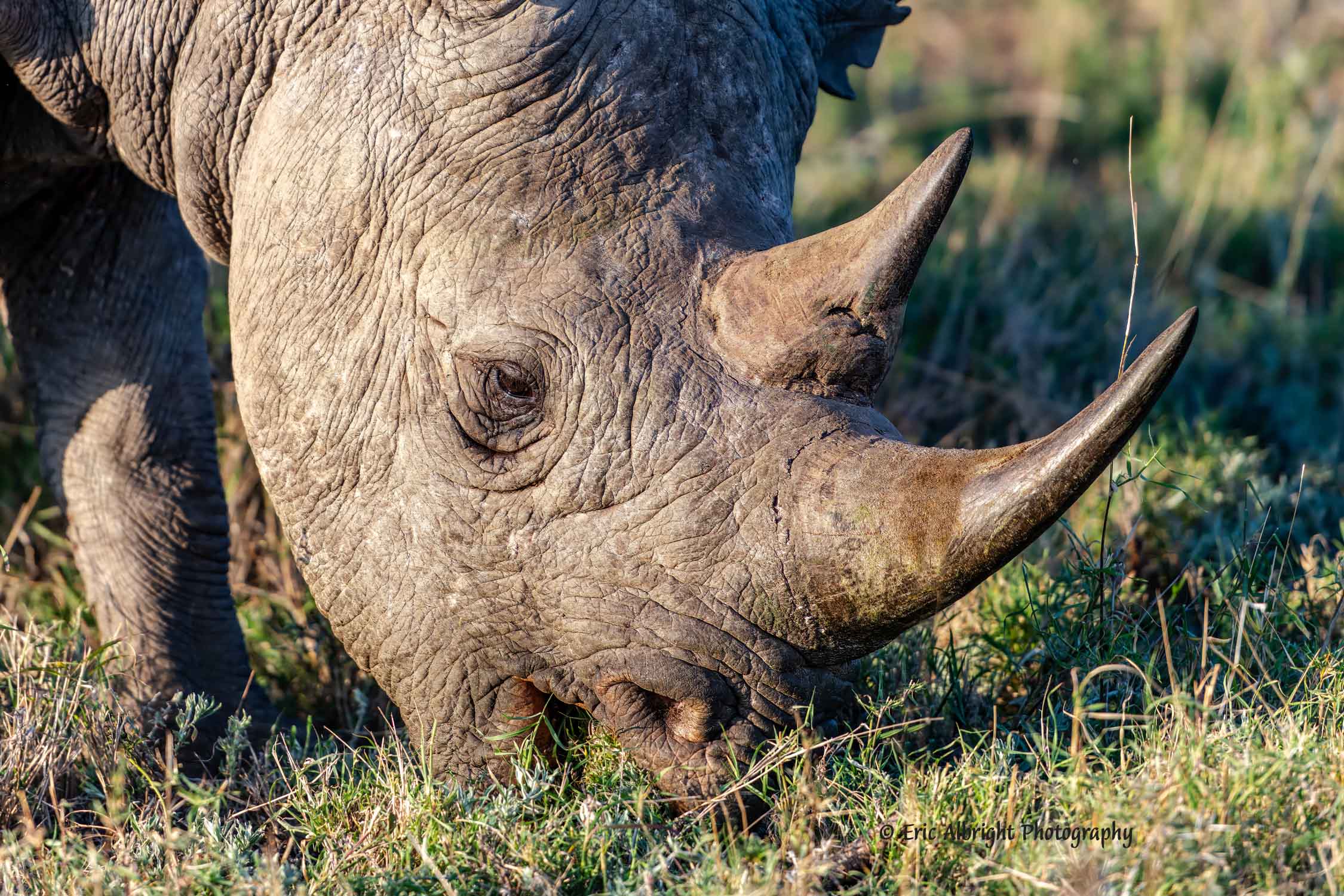
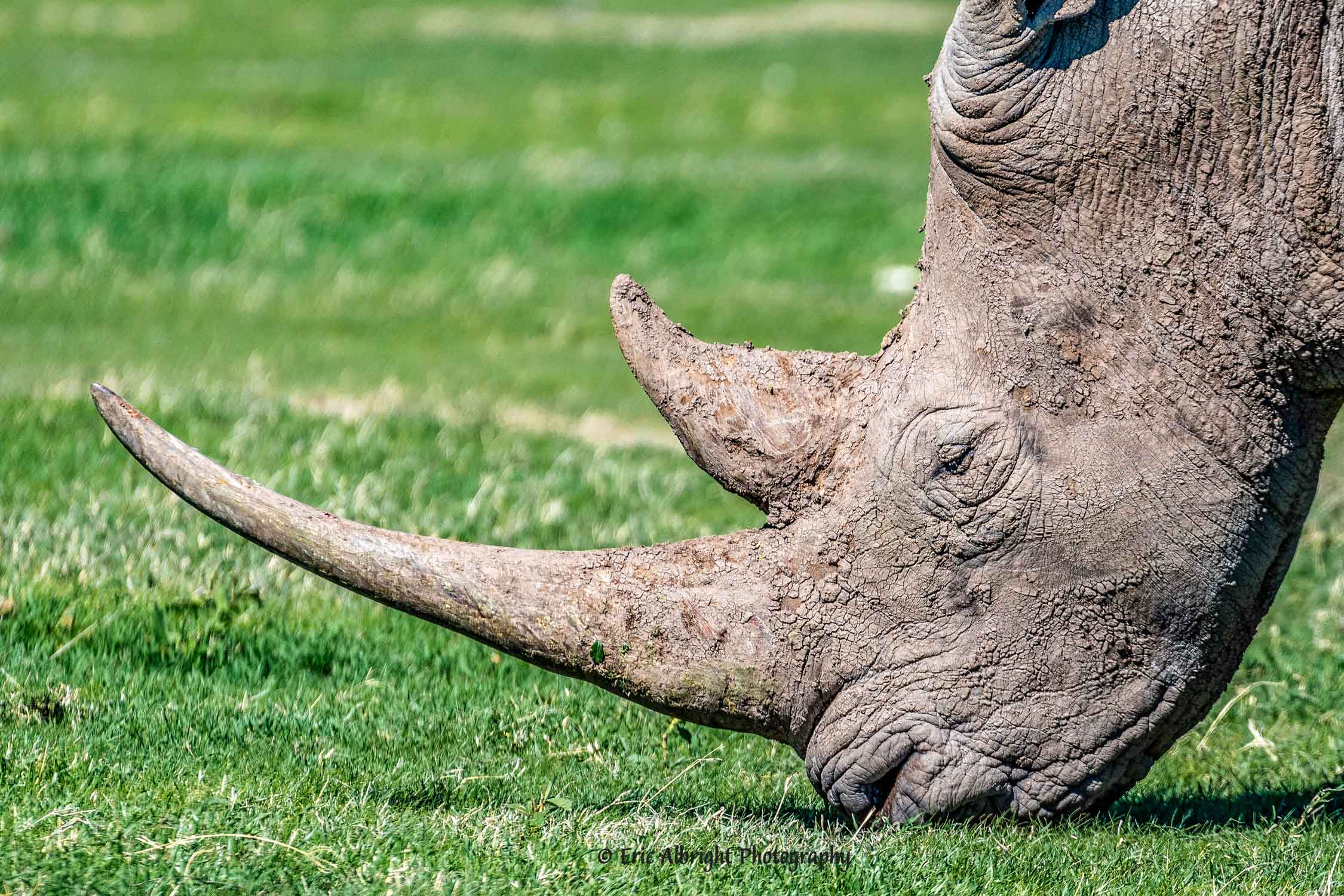
African Rhino Facts
Rhinos may look like prehistoric creatures and they do date back millions of years, but like us they are also mammals. There are two species of African rhinos, the white rhino and black rhino, and each is distinct in its own way. The white, or square-lipped, rhino derives its name from the Dutch word “weit,” meaning wide. It is actually gray in color with a long face. The black, or hooked-lipped, rhino has a thick, hairless gray hide with a prominent hump on its shoulder. White rhinos are the larger of the two, Whites weighing up to 5,000 lbs. (2,300 kg), while Blacks can weigh up to 3,000 lbs. (1,400 kg). Both rhinos have two horns and a group of rhinos is appropriately called a crash. White rhinos can be found in small family groups and do tend to be less territorial towards other rhinos. With the exception of subadult groups or mothers with calves, Black rhinos often live solitary lives with males sometimes being extremely territorial
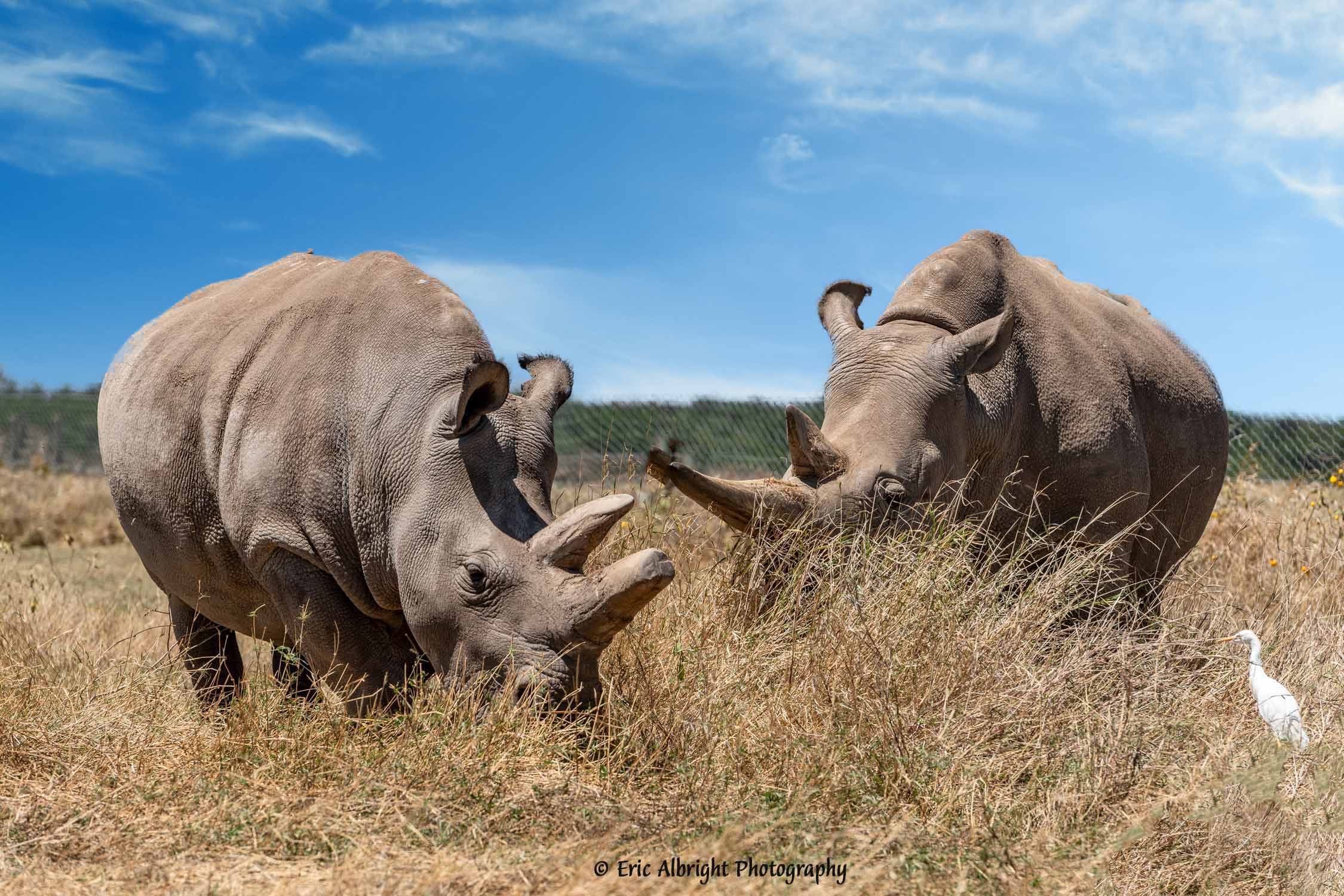
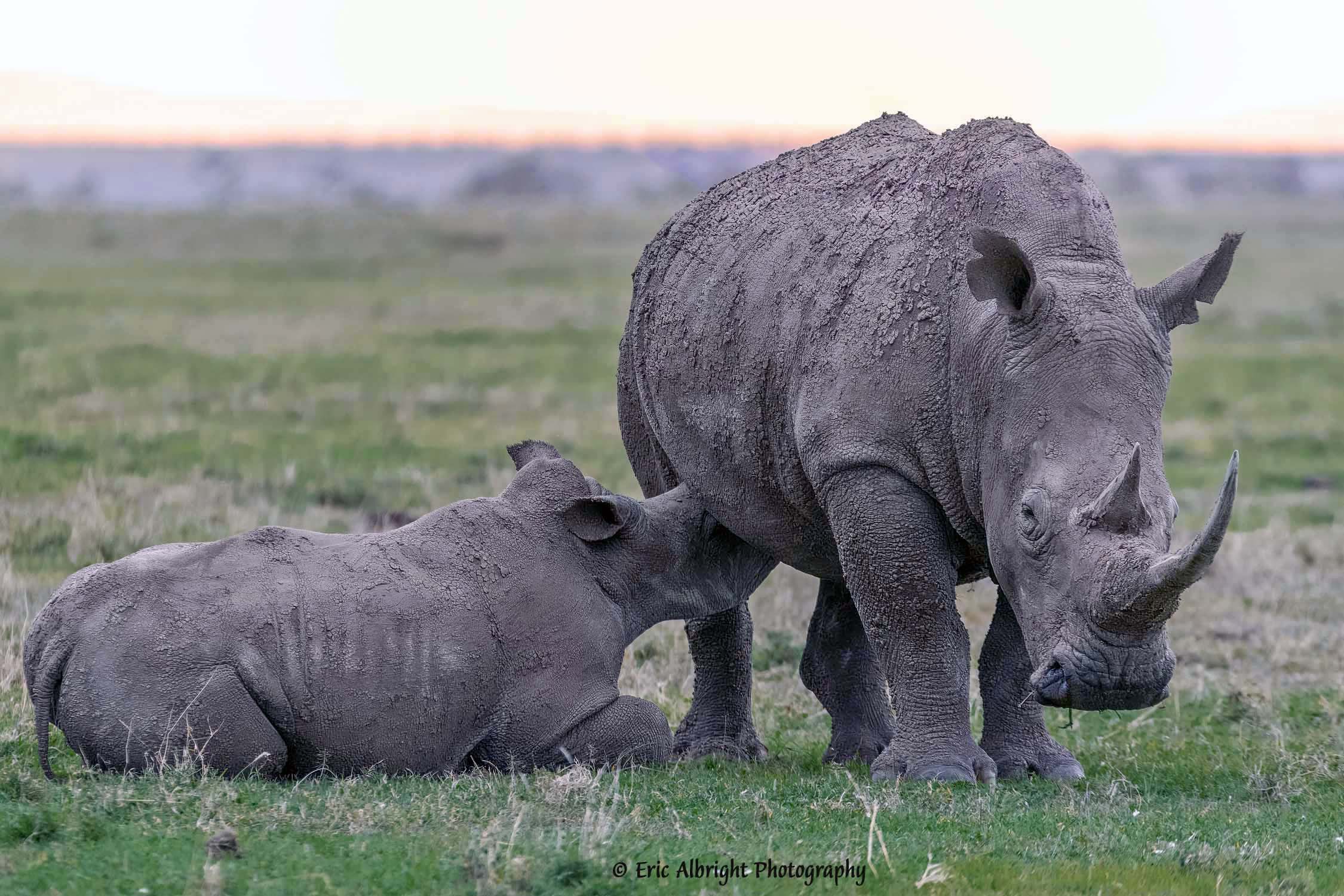
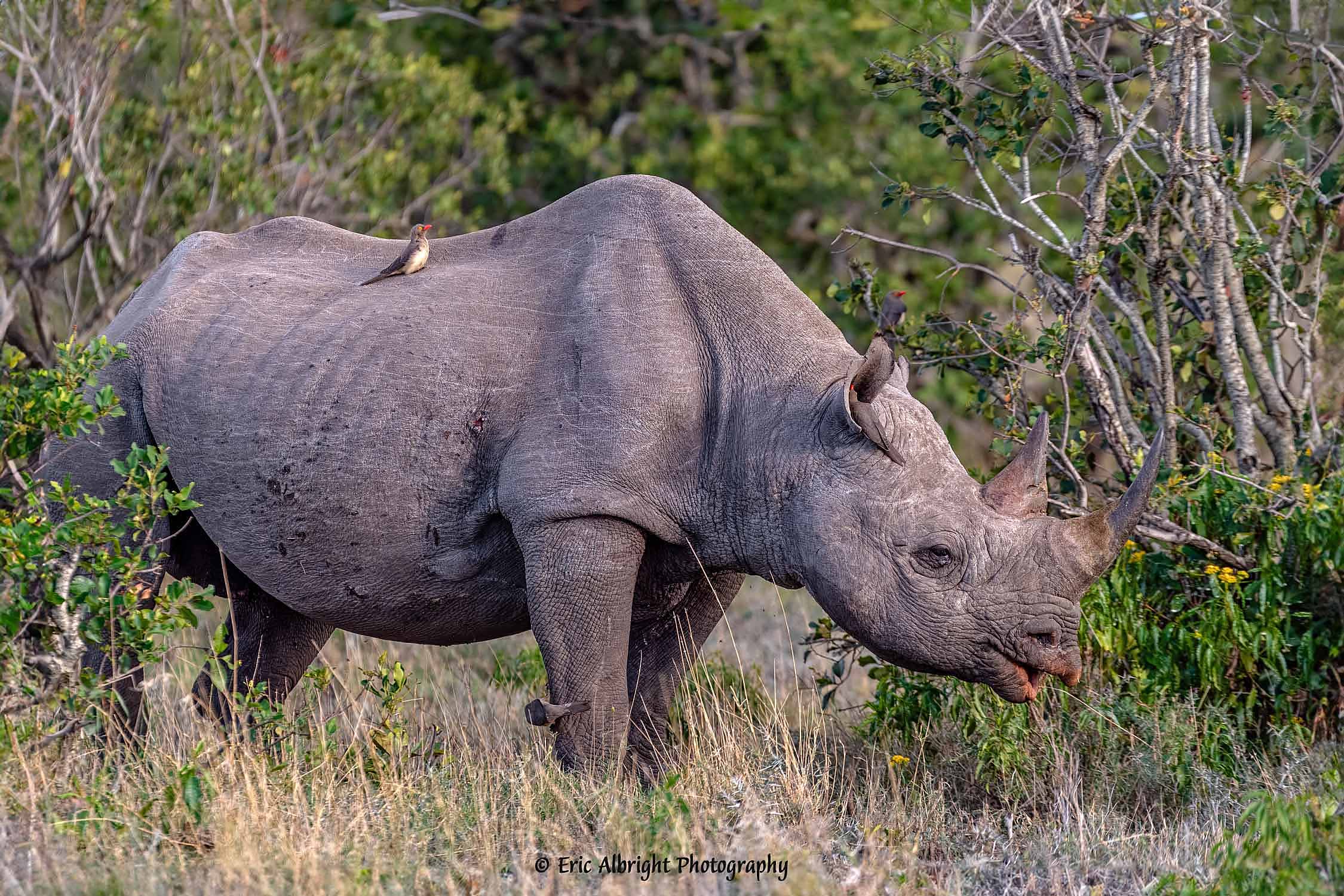
Although this news may seem promising, this is still a steep uphill battle and the fate of all Rhinoceros, as well as other endangered wildlife worldwide, is in our hands. With scientific persistence, educating the public and continued financial support from around the world, these kinds of success stories may continue to help save a vital and majestic animal from extinction. The world is a better place with Rhinoceros in it and deserves to be around for future generations.
Fatu
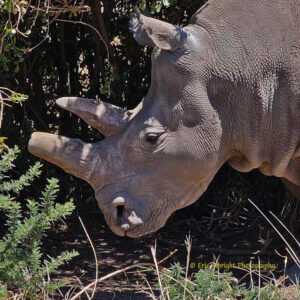
What can we do to help? Below are several links to websites that I believe are assisting to help save Rhinos from extinction. Ol Pejeta is a conservancy in Kenya where you can even visit and see Fatu and Najin for yourselves. If you can’t visit you may also donate to help them continue their great work. There are also links to the African Wildlife Foundation Rhino conservation efforts, International Rhino Foundation, Save the Rhino Foundation, World Wildlife Federation’s Adopt a Rhino program and Over and Above Africa Foundation. All these websites will give you more details, history and information to keep you up to date with all the progress we hope to see moving forward. Another organization that I am supplying a link to below is Africa’s National Park Rescue Foundation. I find them to be a unique organization that seeks to work with African governments to “rescue National Parks on the brink of collapse using no-nonsense direct-action operations to restore effective law enforcement, shut down corruption and reconnect the surrounding communities key to a park’s long-term survival.” These are not the only organizations helping to save the world’s wildlife from human threats. These are just a few that I found noteworthy. Please do your own research to find an organization that best suits you and is doing great things to protect not just rhinos, but wildlife all around the world that are endangered or near extinction.






















